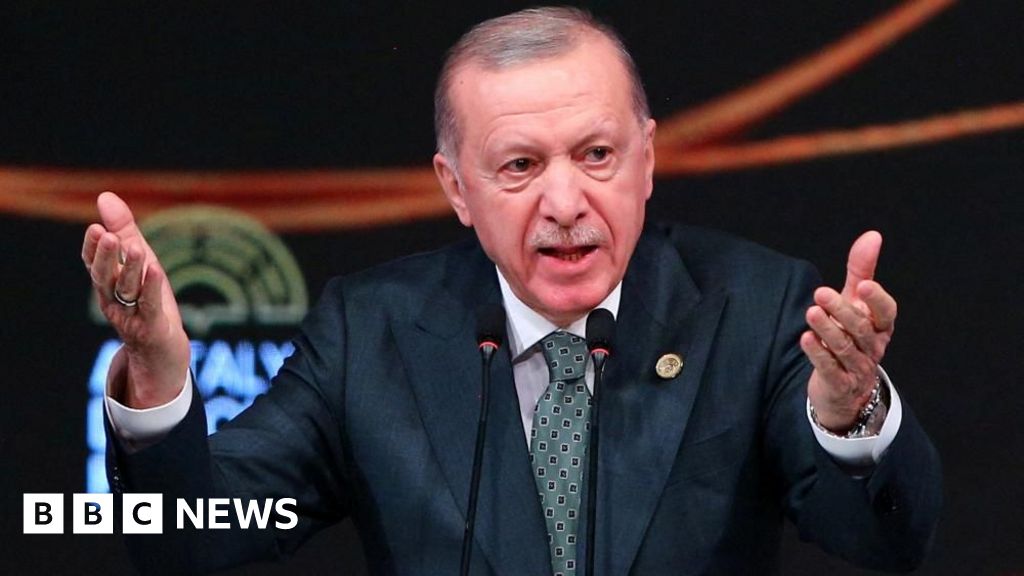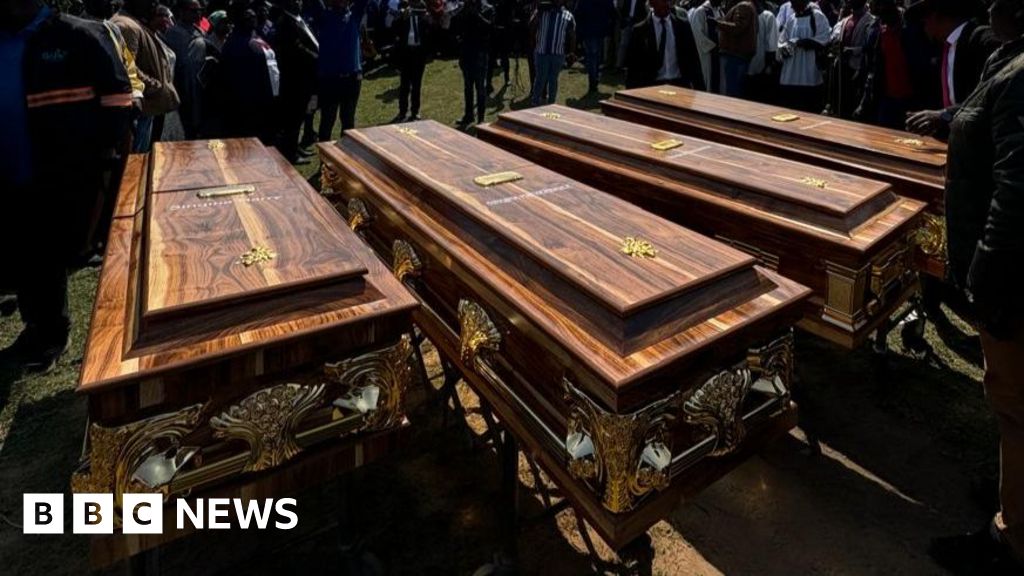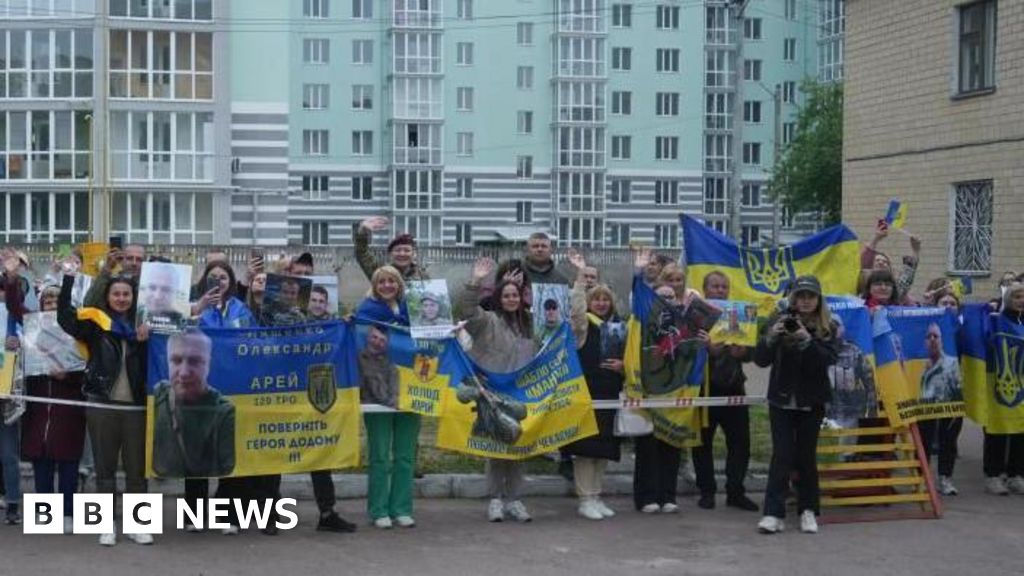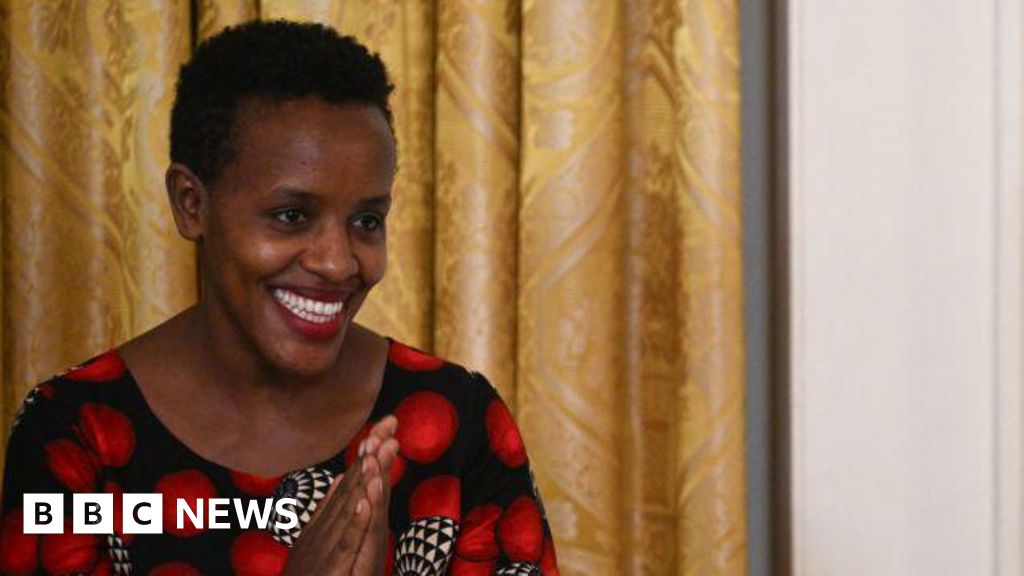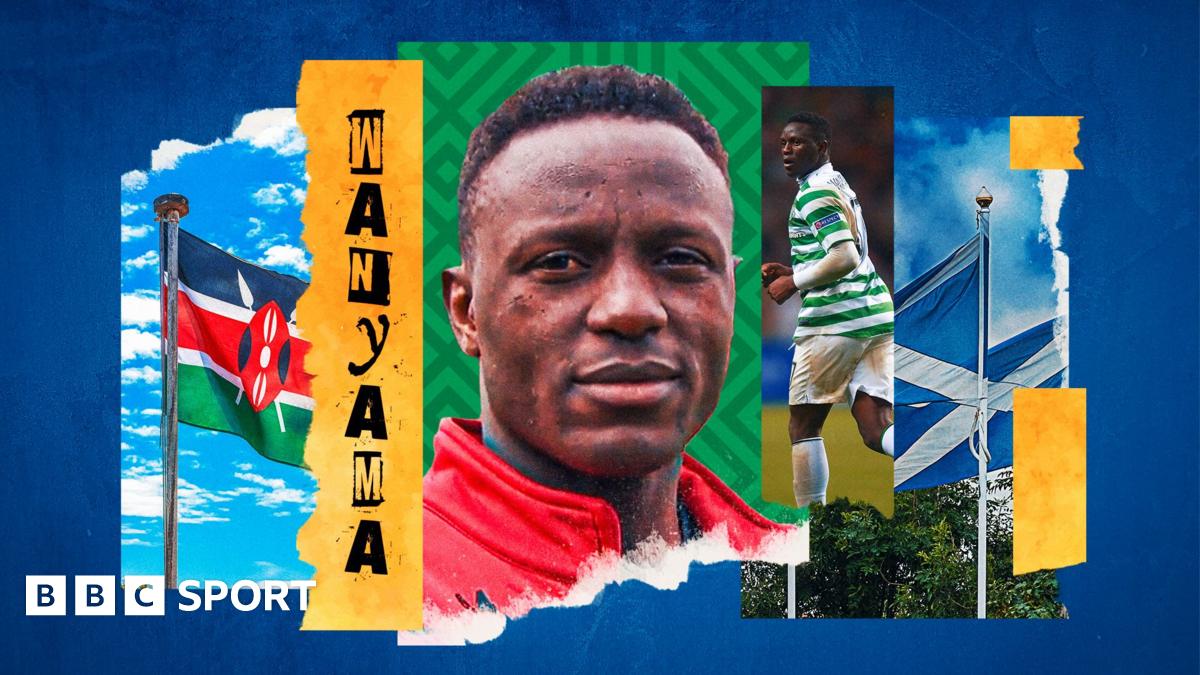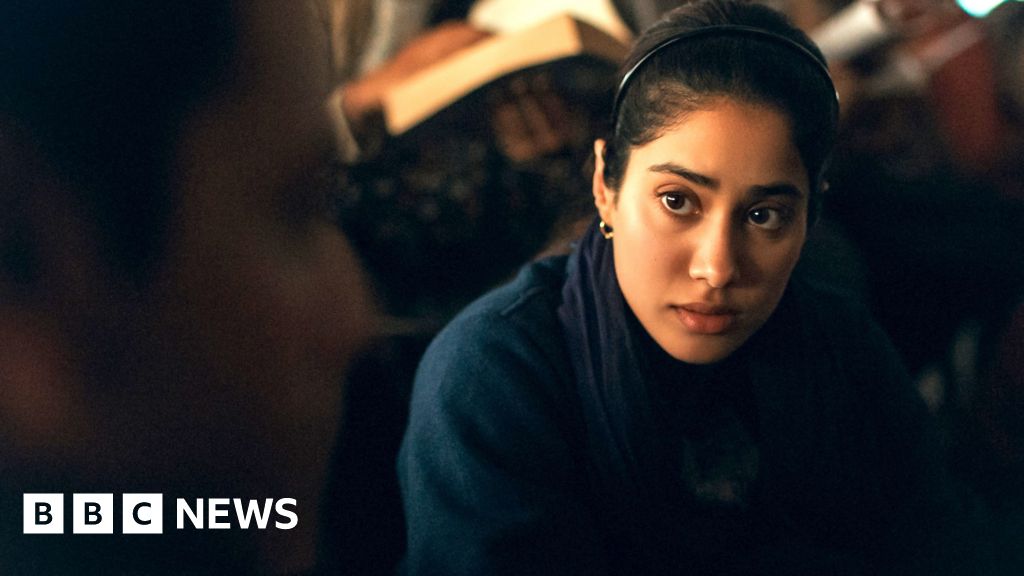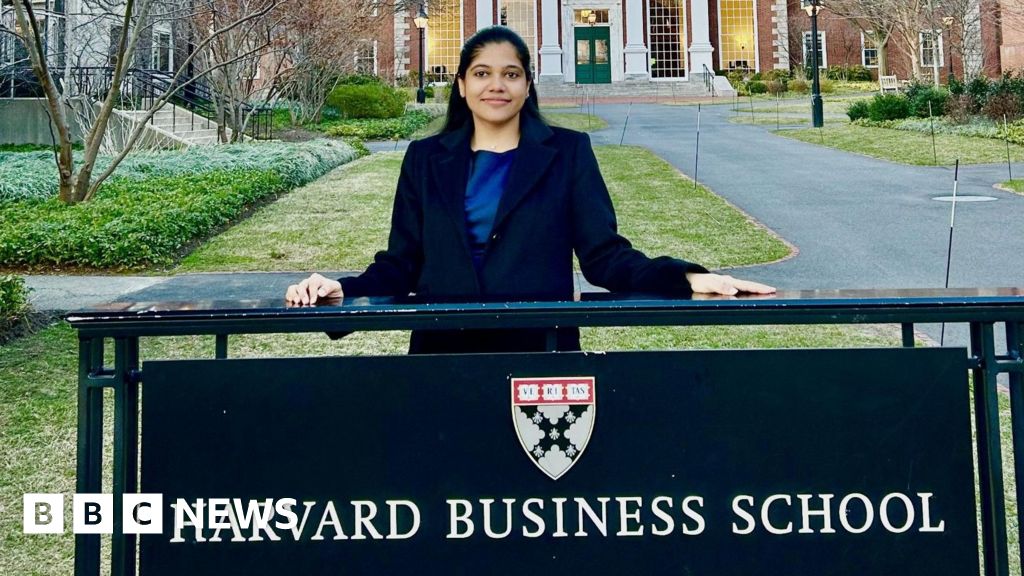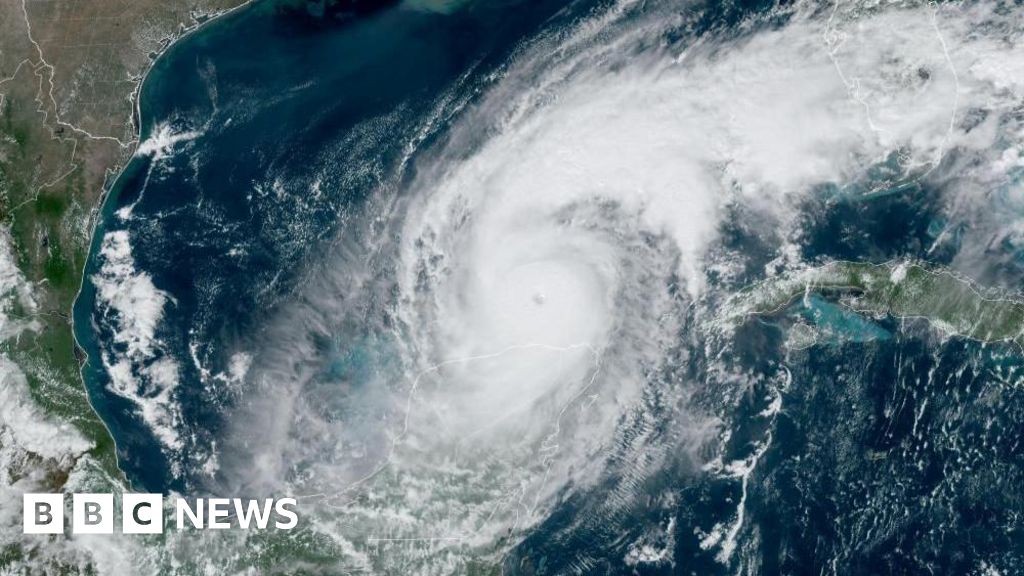Cannes
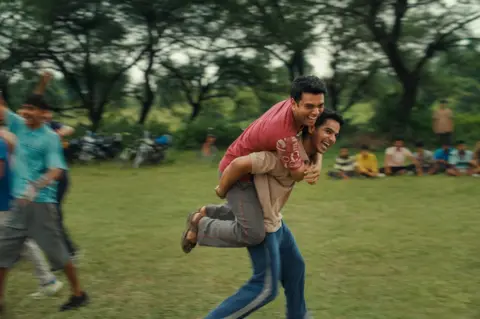 Dharma Productions
Dharma ProductionsIn 2010, Indian filmmaker Neeraj Ghaywan made a striking debut at Cannes with Masaan – a poignant tale of love, loss, and the oppressive grip of the caste system, set against the holy city of Varanasi.
The main lead in the film (Vicky Kaushal) performed a job assigned to one of the lowest castes in the rigid Hindu caste hierarchy – cremating dead bodies along the Ganges. Masaan played in the “Un Certain Regard” section at the festival, which looks at films with unusual styles and or that tells non-traditional stories. It won the FIPRESCI and the Avenir – also known as the Promising Future Prize – prizes.
Since then, Ghaywan was in search of a story about India’s marginalised communities. Five years ago in the middle of the pandemic, a friend, Somen Mishra – the head of creative development at Dharma Productions in Mumbai – recommended an opinion piece called Taking Amrit Home, published in The New York Times. It was written by the journalist Basharat Peer.
What drew Ghaywan to Peer’s article was that it tracked the journeys – sometimes of hundreds or even thousands of miles – taken by millions of Indians who travelled on foot to get home during the nation’s strict lockdown during the pandemic. But he was also drawn to the core of the story, which focused on the childhood friendship between two men – one Muslim and the other Dalit (formerly known as the untouchables).
Ghaywan’s new film Homebound, inspired by Peer’s article, premiered at Cannes Film Festival’s “Un Certain Regard” section this week, ending with a nine-minute long standing ovation.
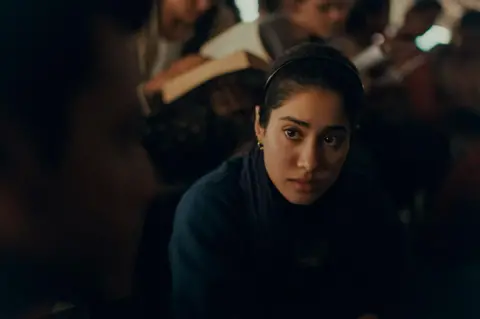 Dharma Productions
Dharma ProductionsMany in the audience were seen wiping away tears. Ghaywan gave the lead producer Karan Johar a tight hug, while he and his young lead actors – Ishan Khatter, Vishal Jethwa and Janhvi Kapoor – came together in a larger group hug later.
Since this was the biggest South Asian event at Cannes 2025, other film luminaries showed up to support the screening. India’s Mira Nair (who won the Camera d’Or in 1988 for Salaam Bombay) leaned across two rows of seats to reach out to Johar. Pakistan’s Siam Sadiq (who won the Un Certain Regard Jury Prize in 2022 for Joyland) was seen making a reel of the mood inside the theatre that he later posted on Instagram.
The film also received backing from a rather unexpected quarter. Its main producer is Johar, the leading Indian commercial filmmaker (known for blockbuster films like Kabhi Kushi Kabhie Gham and the recent Rocky Aur Rani Kii Prem Kahani). But last month Martin Scorsese stepped in as the executive producer after he was introduced to the film by the French producer Mélita Toscan du Plantier.
This is the first time Scorsese has stepped in to support a contemporary Indian film. Until now he has only backed restored classic Indian films.
“I have seen Neeraj’s first film Masaan in 2015 and I loved it, so when Mélita Toscan du Plantier sent me the project of his second film, I was curious,” Scorsese said in a statement last month.
“I loved the story, the culture and was willing to help. Neeraj has made a beautifully crafted film that’s a significant contribution to Indian cinema.”
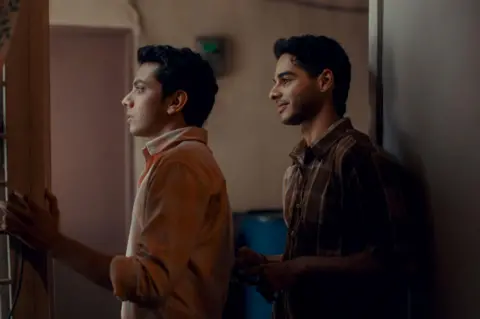 Dharma Productions
Dharma ProductionsAccording to Ghaywan, Scorsese helped nurture the film by mentoring the team through a number of rounds of edits. But he also tried to understand the cultural context which helped the exchange of ideas.
The context was important to Ghaywan, since he had been trying to capture the right spirit of the subject he was tackling.
The film’s two lead characters – Mohammed Shoaib Ali (Khatter) and Chandan Kumar (Jethwa) have shared histories – the weight of centuries of discrimination at the hand of upper caste Hindus, but also similar goals to rise above the barriers imposed on them – in this case by joining their state’s police force.
Ghaywan has openly shared that he was born into a Dalit family – a reality that has cast a long shadow over his life, haunting him since childhood.
As an adult, he went on to study business administration and then worked in a corporate job in Gurgaon outside the capital, Delhi. He said he never faced discrimination but was acutely aware of his position in the caste hierarchy and still lives with the weight of where he was born.
“I am the only acknowledged person from the community who is there behind and in the front of camera in all of Hindi cinema history. That is the kind of gap we are living with,” he says.
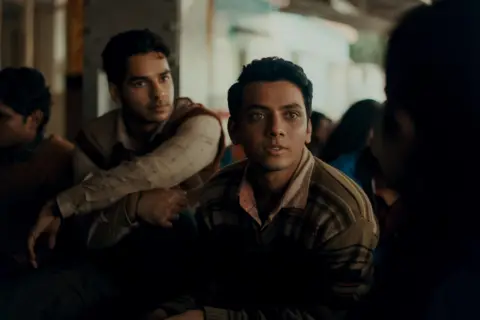 Dharma Productions
Dharma ProductionsA majority of India lives in its villages, but Hindi filmmakers rarely talk about bringing the villages to their stories, says Ghaywan. What also offends him is that marginalised communities are only talked about as statistics.
“What if we pick one person out of that statistic and see what happened in their lives?” he says. “How did they get to this point? I felt it was worth narrating a story.”
When he sat down to write the script, he tried to fictionalise the backstories of the two protagonists until the point that they took the journey during Covid – which is the beginning of Peer’s article.
As a child in Hyderabad, Ghaywan had a close Muslim friend, Asghar, so he felt deeply connected to Ali and Kumar’s lived experiences in the film.
“What appealed to me more was the humanity behind it, the interpersonal, the interiority of the relationship,” he says, that took him back to his childhood in Hyderabad.
In Ghaywan’s hands, Homebound has the wonderful glow and warmth of the winter sun. It is gorgeously shot in India’s rural North, capturing simple joys and the daily struggles of its Muslim and Dalit protagonists. The two men, the woman one of them loves (Kapoor and Jethwa both portray Dalit characters), and their interactions offer much to reflect on and understand.
For the most part, Ghaywan’s script keeps viewers on the edge. Back in 2019, none of us truly grasped the scale of the coming pandemic – but the film subtly foreshadows a shift, reminding us that a crisis can cut across class, caste, and ethnicity, touching everyone.
Homebound’s seamless blend of fiction and reality has produced a powerful public document, grounding its characters in authenticity. More than just moving its audience to tears, the film is bound to spark meaningful conversations – and, one hopes, a deeper understanding of those who live in the shadows.
Source link
